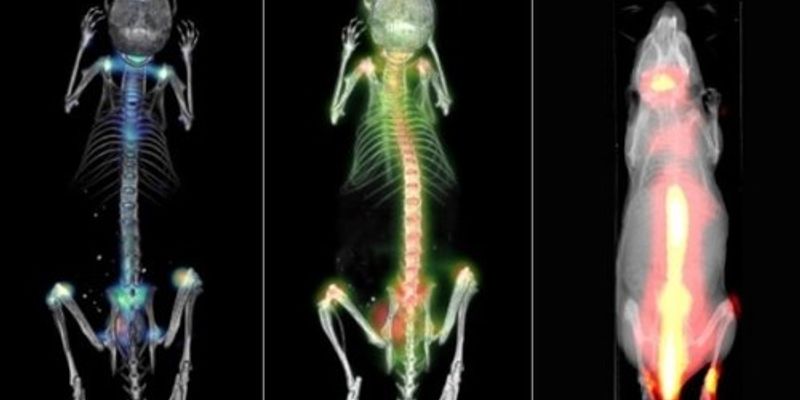Small Animal Imaging
Small Animal Imaging: the visualization of small animals for research purposes, such as drug development. Small Animal Imaging modalities have long been crucial to the researcher in observing changes, either at the organ, tissue, cell, or molecular level, in small animals responding to physiological or environmental changes.
-
FEB 05, 2015 | 10:30 AMC.E. CREDITSIn the context of an experimental project requiring surgical preparation of animals, training is not only required for technicians lacking a strong surgical background but also for more exper...Speaker: Delphine Bouard DVM, Dip Vet LASPresented at: Laboratory Animal Sciences Virtual Event Series 2015
An anesthesia system designed to accommodate the physiological characteristics of small animals, including rats and mice, has the potential to provide great practical value to the life scienc...
FEB 04, 2015 | 6:00 AM
C.E. CREDITS
Adherence to strict aseptic technique is vital to all types of animal models requiring surgical intervention from both scientific and welfare perspectives. Training of both new and experience...
Speaker:
Angela Kerton, B.VetMed Cert LAS MRCVS
Presented at: Laboratory Animal Sciences Virtual Event Series 2015
We all have to provide training; if our program is big or small, a germ-free mouse colony or field studies in Africa, centralized or not. Animal research programs, as varied as they are, have...
Speaker:
Denise Ostmeyer, BS, CVT, rLATg, CMAR
Presented at: Laboratory Animal Sciences Virtual Event Series 2014
Abnormal behavior commonly occurs in captive nonhuman primates. It differs from normal behavior in either kind or degree and consists of behaviors such as pacing, self-grasping, and self-inju...
Modern biomedical research greatly benefits from sophisticated techniques which can detect even the most subtle alterations between different individuals or groups. This has raised the bar fo...
Speaker:
Charles Clifford, DVM, PhD, DACVP
Presented at: Laboratory Animal Sciences Virtual Event Series 2014
Rabbits are commonly used in biomedical research for many years due to its ease of use and phylogenetical similarities with humans. They are commonly used in cardiovascular research (atherosc...
Speaker:
Marilyn Arce Rivera, DVM, MLAS, DACLAM
Presented at: Laboratory Animal Sciences Virtual Event Series 2014
An anesthesia system designed to accommodate the physiological characteristics of small animals, including rats and mice, has the potential to provide great practical value to the life scien...
Nonhuman primates are commonly used in biomedical research due to its anatomical, behavioral, and genetic similarities with humans. Macaques, especially the Rhesus macaque (Macaca mulatta) ar...
Speaker:
Marilyn Arce Rivera, DVM, MLAS, DACLAM
Presented at: Laboratory Animal Sciences Virtual Event Series 2014







